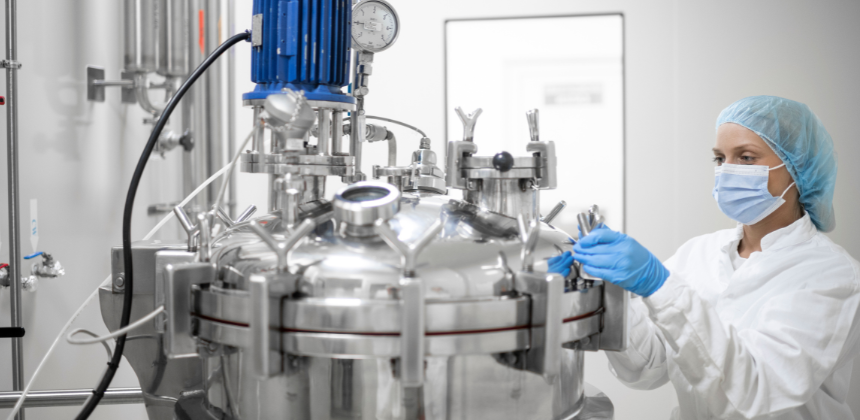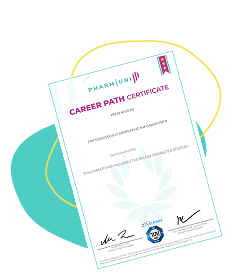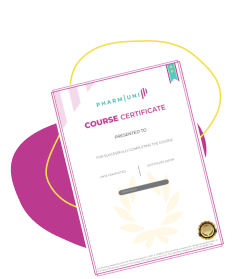In the fast-paced and highly regulated world of pharmaceuticals, quality assurance is paramount. As new regulations and guidelines are introduced, it’s essential for industry professionals to stay informed and adapt their practices accordingly. The “GMP Annex 1” is one such regulation that has a significant impact on quality assurance in the pharmaceutical industry.
GMP, or Good Manufacturing Practices, is a set of guidelines established by regulatory bodies to ensure the quality, safety, and efficacy of pharmaceutical products. Annex 1 specifically focuses on the manufacture of sterile medicinal products, outlining the requirements for the manufacturing process, equipment, and facilities.
By adhering to the principles outlined in Annex 1, pharmaceutical companies can minimize the risk of contamination, maintain product quality, and ultimately protect the health and safety of patients. It provides a framework for quality assurance, emphasizing the importance of aseptic practices and rigorous quality control measures.
In this article, we will explore the key components of GMP Annex 1 and its implications for quality assurance in the pharmaceutical industry. We will discuss the latest updates and how they impact manufacturing processes, helping professionals in the field stay compliant and uphold the highest standards of quality.
Overview of the pharmaceutical industry
The pharmaceutical industry plays a crucial role in the development and production of medications that improve the health and well-being of individuals worldwide. It encompasses a vast range of activities, including research and development, manufacturing, quality assurance, and regulatory compliance. With the increasing demand for pharmaceutical products, ensuring their safety, efficacy, and quality has become more important than ever.
Importance of quality assurance in the pharmaceutical industry
Quality assurance is a fundamental aspect of the pharmaceutical industry. It involves a systematic approach to ensuring that products meet the required standards throughout their lifecycle, from development to manufacturing and distribution. The primary goal of quality assurance is to minimize risks, ensure product consistency, and protect the end-users – patients.

Key Changes and Updates in GMP Annex 1
GMP Annex 1 has recently undergone significant changes and updates to adapt to the evolving landscape of the pharmaceutical industry. These changes aim to address emerging technologies, industry best practices, and new regulatory requirements. Some of the key updates include:
The updated Annex 1 places a greater emphasis on risk management throughout the manufacturing process. It requires companies to identify potential risks and implement appropriate controls to mitigate them. This proactive approach helps prevent contamination and other quality-related issues.
The revised GMP Annex 1 acknowledges the increasing use of new technologies, such as isolators, robotics, and automated systems, in pharmaceutical manufacturing. It provides guidance on how to incorporate these technologies while maintaining the necessary quality and safety standards.
The updated GMP Annex 1 places a stronger emphasis on environmental monitoring to ensure the control of viable and non-viable particles in critical areas. It outlines the requirements for routine monitoring, sampling methods, and acceptable limits.
Impact of GMP Annex 1 on Quality Assurance Practices
The introduction of these changes in Annex 1 has a significant impact on quality assurance practices in the pharmaceutical industry. One of the main impacts is the need for companies to review and update their existing processes and facilities to align with the new requirements. This may involve implementing new technologies, upgrading equipment, and revising standard operating procedures.

Implementation challenges and considerations
Implementing the revised GMP Annex 1 can present several challenges and considerations for pharmaceutical companies. Some of these challenges include
- Cost implications: Implementing the updated Annex 1 may require significant investments in equipment, facility upgrades, and training. Pharmaceutical companies need to carefully consider the financial implications and allocate resources accordingly.
- Staff training and education: The revised Annex 1 introduces new requirements and practices. Ensuring that staff members are adequately trained and educated on these changes is essential for successful implementation.
- Compliance with other regulations: Annex 1 is just one of many regulations that pharmaceutical companies must comply with. It’s crucial to ensure that all regulations are aligned and integrated into the quality management system to avoid conflicting requirements.
Strategies for complying with GMP Annex 1
While implementing the revised GMP Annex 1 may require significant investments and efforts, the benefits of adhering to these guidelines are manifold. Some of the key benefits include:
By following the principles outlined in Annex 1, pharmaceutical companies can ensure the highest level of product quality and safety. This helps protect the health and well-being of patients.
Adhering to GMP Annex 1 helps pharmaceutical companies meet regulatory requirements and demonstrate compliance during inspections and audits. This reduces the risk of penalties and other legal consequences.
Companies that consistently adhere to GMP Annex 1 and maintain high-quality standards gain a competitive advantage in the market. They build trust with customers, healthcare professionals, and regulatory authorities, which can lead to increased market share and business opportunities.

Resources and Training for Understanding and Implementing GMP Annex 1
To help pharmaceutical professionals understand and implement the requirements of Annex 1, various resources and training options are available. These include:
Regulatory guidance documents:
Regulatory authorities provide detailed guidance documents that explain the requirements and expectations outlined in Annex 1. These documents can serve as valuable references for understanding and implementing the regulations.
Training programs and workshops:
Many organizations offer training programs and workshops specifically designed to educate professionals on Annex 1. These programs cover various aspects, including regulatory requirements, risk management, aseptic practices, and quality control.
Industry associations and forums:
Participating in industry associations and forums provides opportunities to exchange knowledge and best practices related to GMP Annex 1. These platforms allow professionals to stay updated with the latest developments and learn from their peers.

